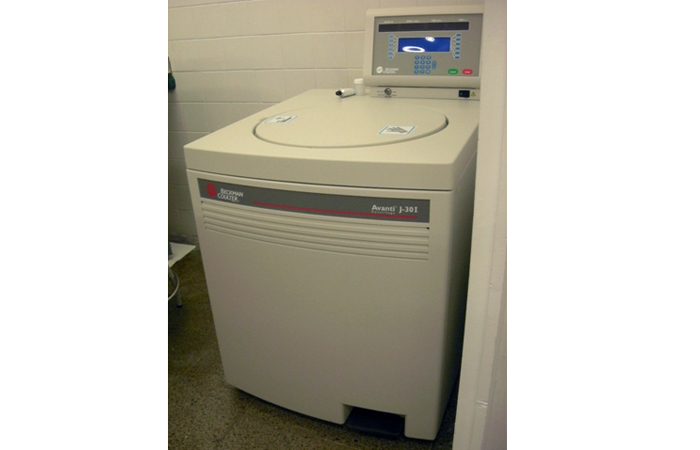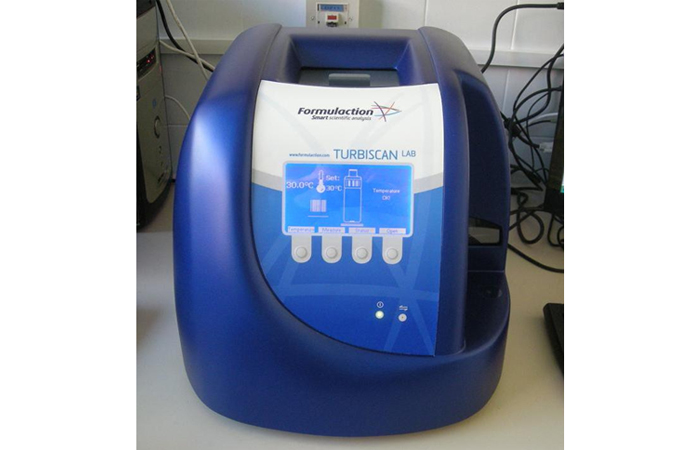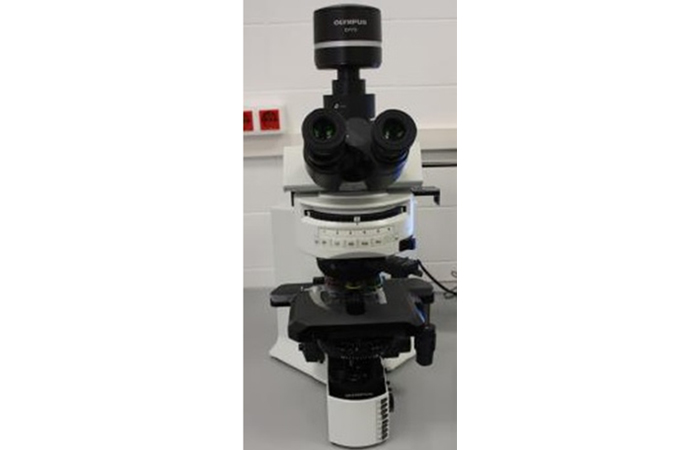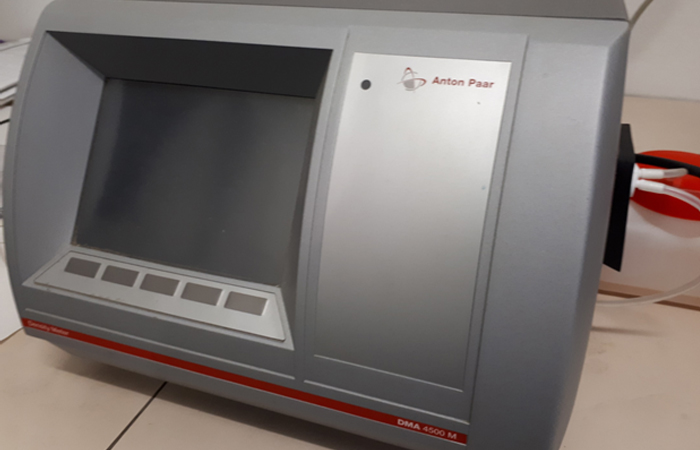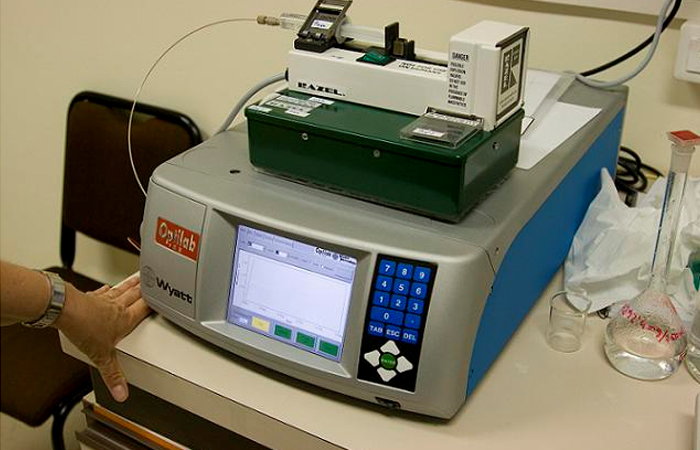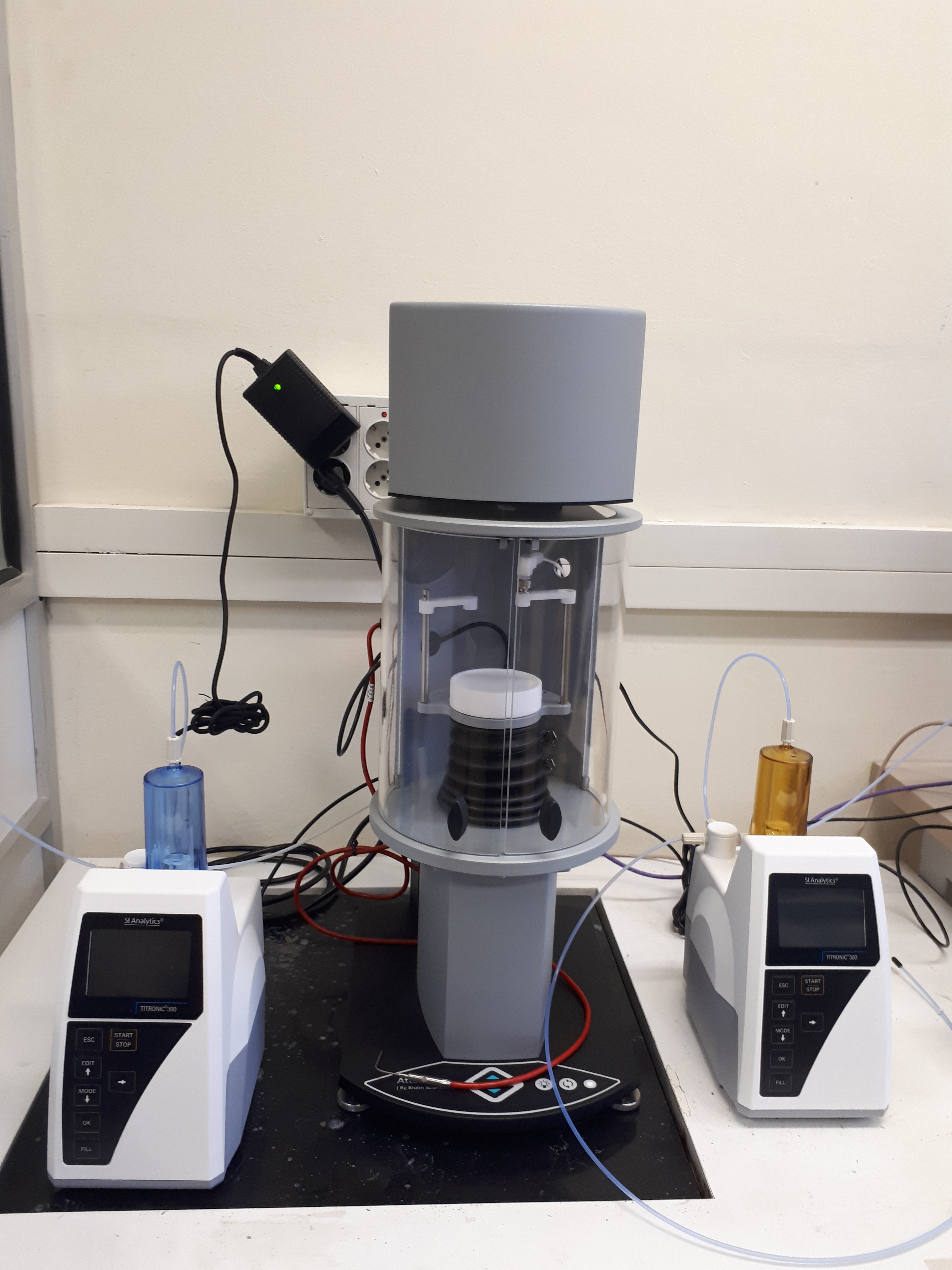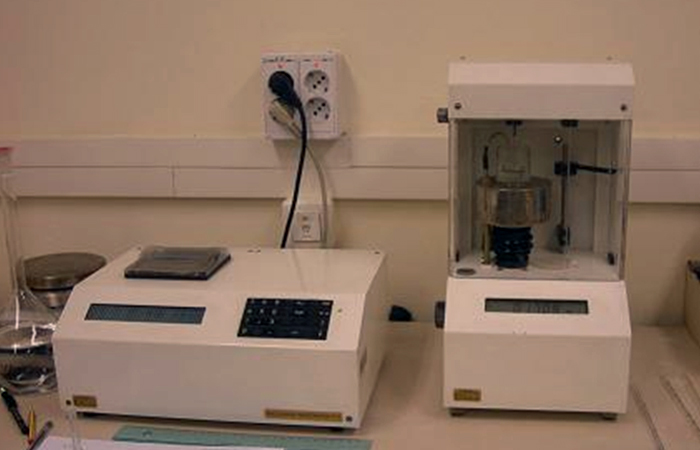U13-S04. Dynamic mechanical analysis Instron 8874
Dynamic mechanical analysis Instron 8874
Dynamic tests allow us to know how is the behaviour along time. It is used for viscoelastic properties of biomaterials and biological tissues.
Customer benefits
High full-scale cell load.
Target customer
Public and private research groups focused on biomaterials and tissue mechanical characterization.
Additional information









